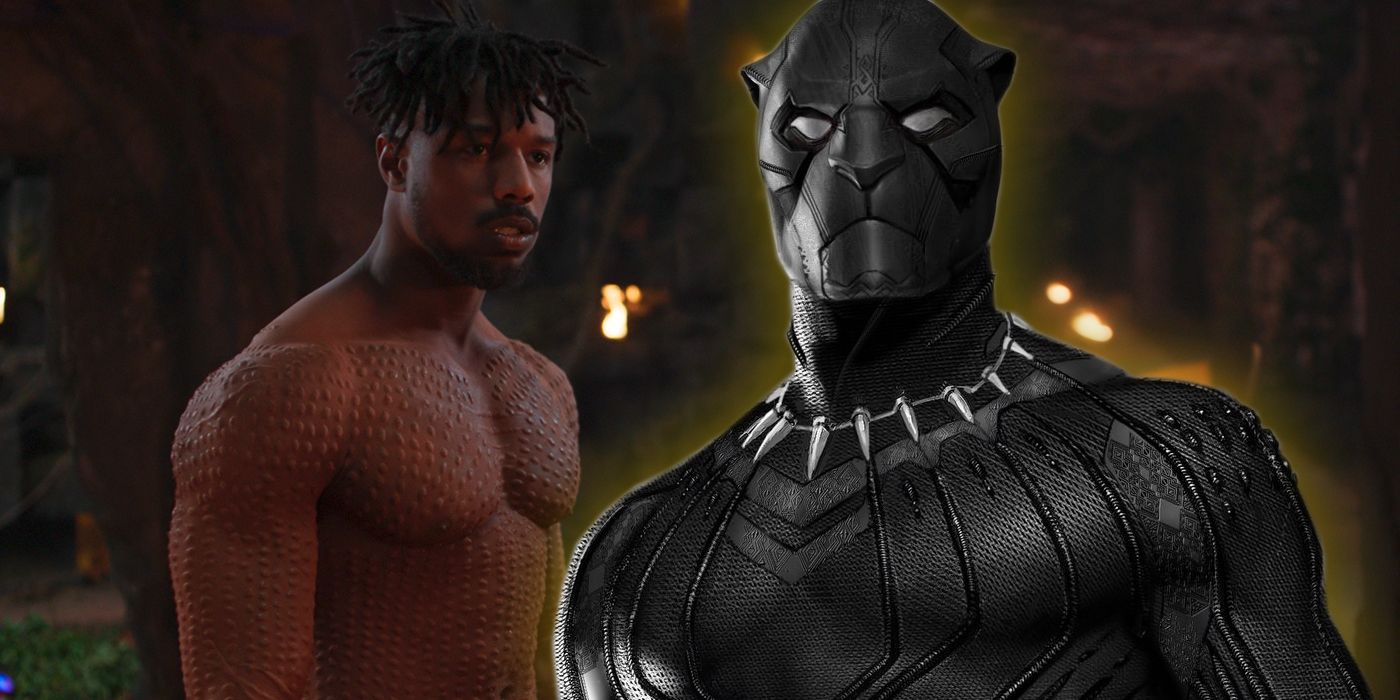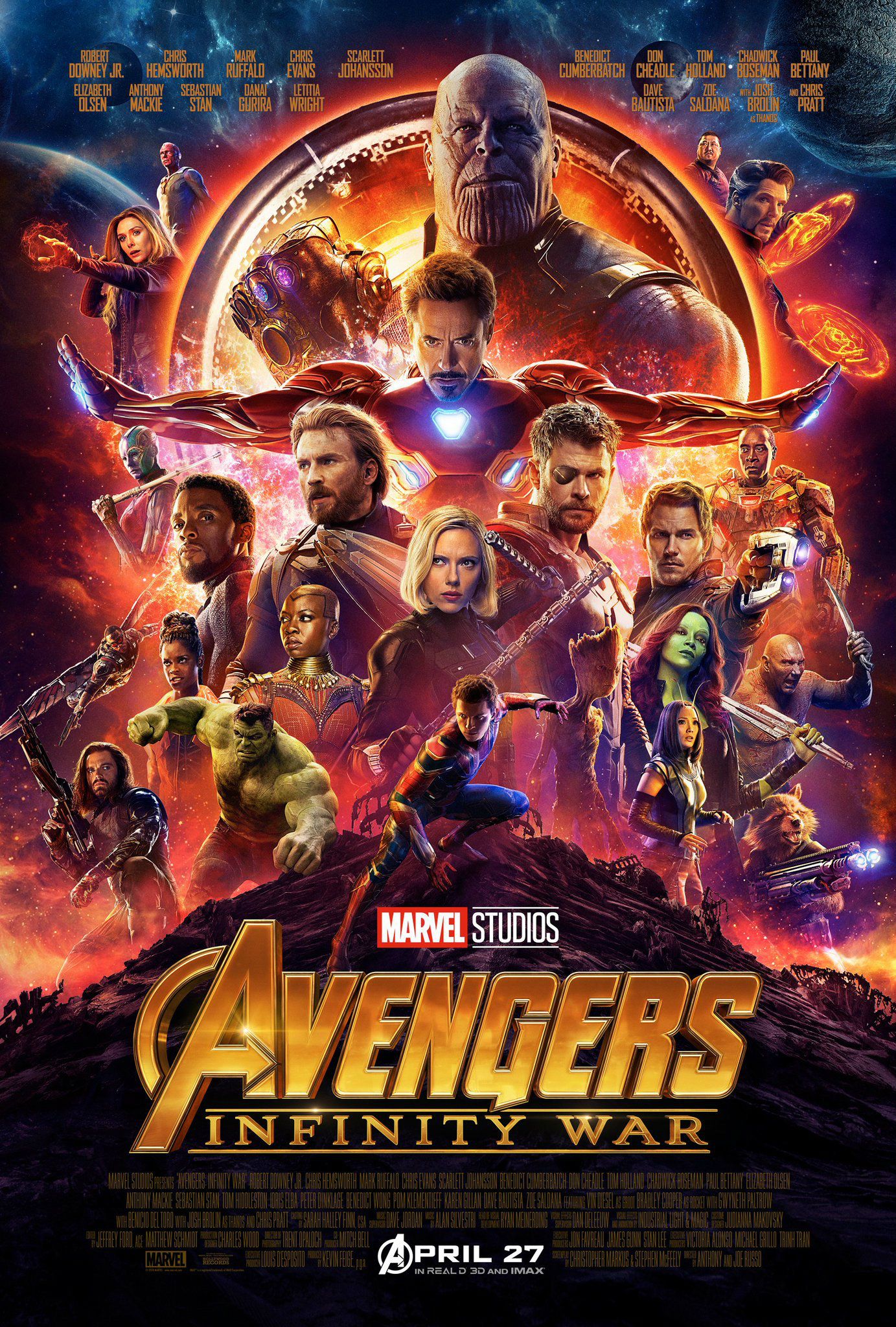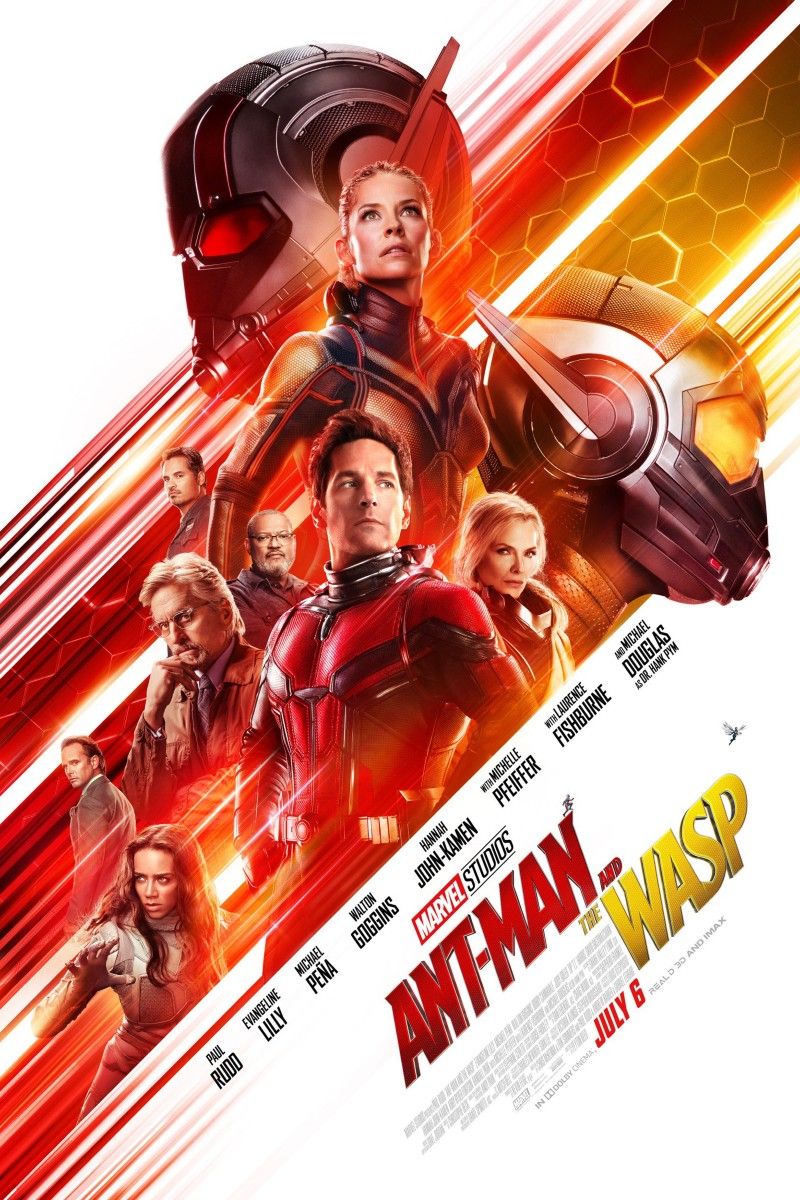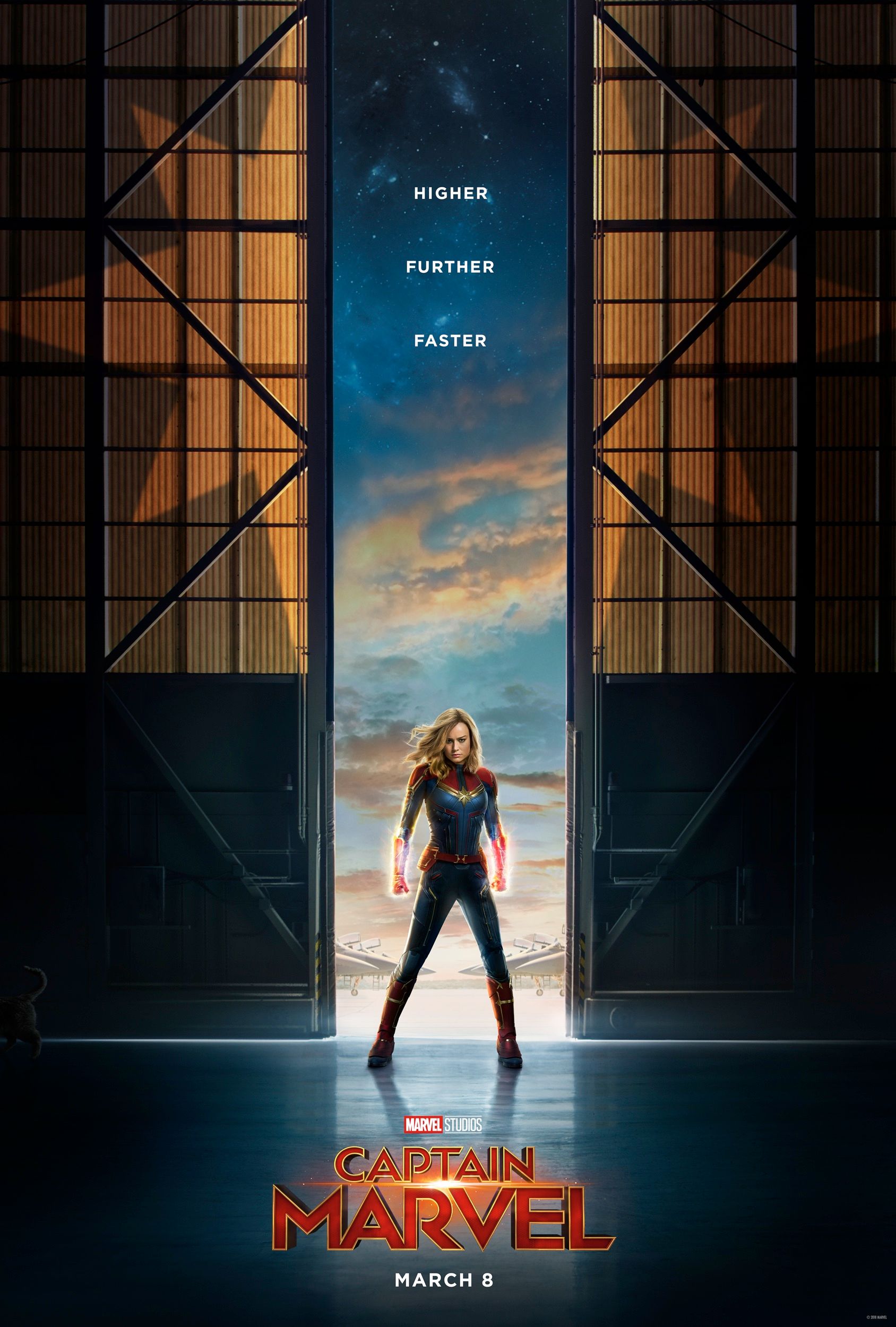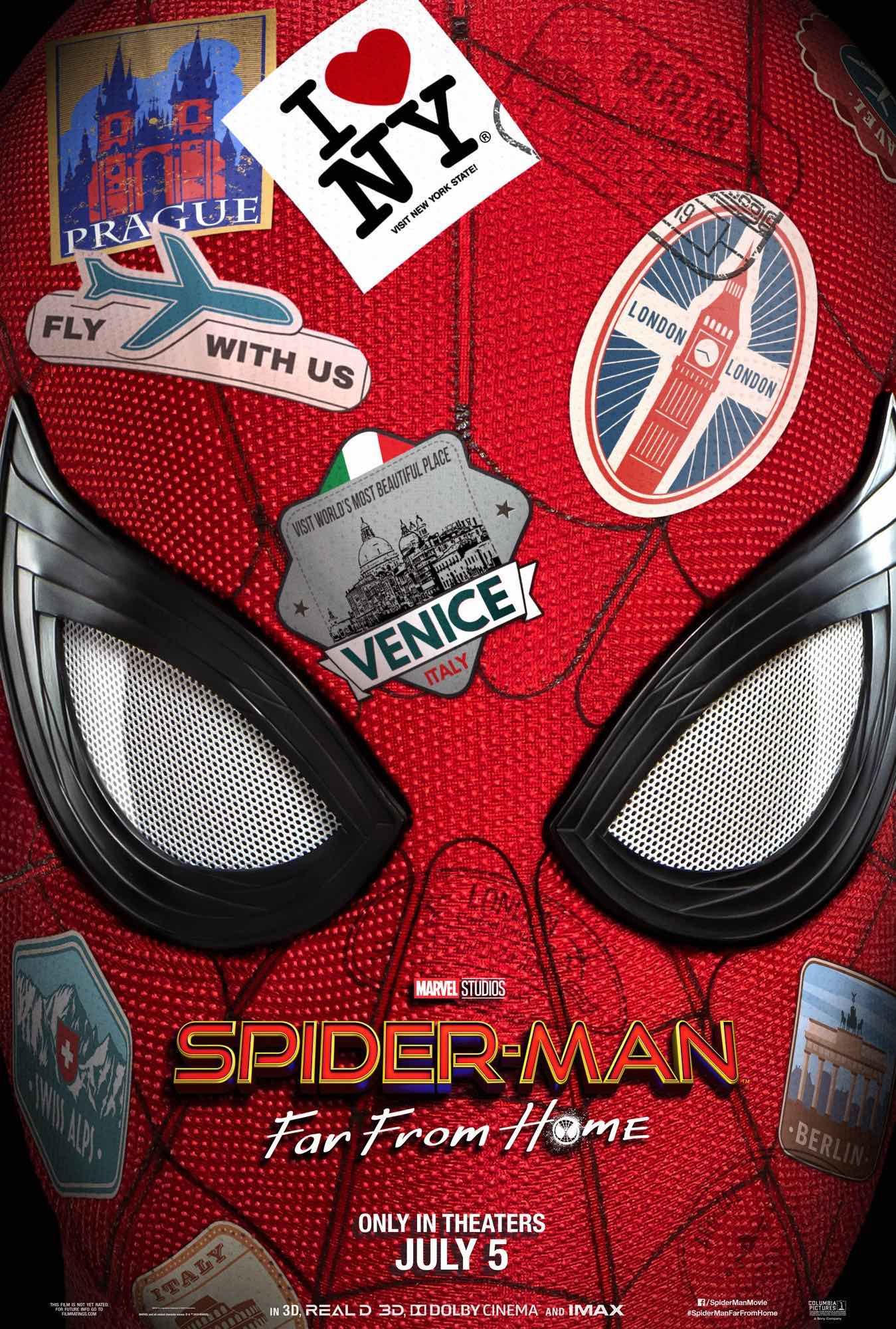Marvel's Black Panther has been going from strength to strength. It's a remarkable box office success story, and one of the key reasons is a memorable villain - Michael B. Jordan's Erik "Killmonger" Stevens. Killmonger is a powerful, charismatic antagonist; although he follows the Marvel "mirror-image" villain trope, he does so in an unusually deep way. As a result, many fans believe Killmonger is one of Marvel's greatest villains to date.
But what makes Killmonger so effective? It's certainly the plot, which gives Killmonger a subtle depth. It's also a matter of Michael Jordan's performance, with the actor absolutely knocking it out of the park. But one easily-overlooked factor is the production itself. As with the whole of the Black Panther movie, the production crew have exerted a phenomenal amount of effort into designing this villain. Marvel's The Art of Black Panther takes fans behind the scenes, giving them an idea of just how they created him. Here, we're going to walk you through that journey.
RELATED: Was Killmonger The Rightful King of Wakanda?
Killmonger's Mask
Let's start with Killmonger's mask. This was a major part of the Black Panther trailer, and played a key role in the final movie. Stolen from the British Museum, this tribal mask was worn by Killmonger during a key prison breakout scene. It's presented as fairly spontaneous, but in reality there's a reason for it; Killmonger isn't ready to show Black Panther his face just yet. He wants to mess with T'Challa's head, and to look as intimidating as possible.
The first designs were done by concept artist Rodney Fuentebella. He initially considered something demonic and animalistic, and was particularly drawn to the use of horns. In many ancient cultures, horns were seen as symbols of aggression and power; kings would wear headdresses adorned with horns to represent their rule. Thus the design of the mask would actually be a powerful statement, a visual challenge to T'Challa that there was a new king in town. It's worth remembering that, in the initial challenge at Warrior Falls, both T'Challa and M'Baku donned tribal masks too. Killmonger's is a deliberate counterpoint.
The final design was actually created by Tully Summers. She simply wanted the mask "to evoke fear." Summers toyed with a lot of different elements, including horns, and the idea that the mask had decayed and deteriorated. Her core concept was that she was creating a sort of "tribal boogeyman," and she was certainly successful.
Killmonger's Outfit
Marvel toyed with a number of variations on Killmonger's mask; surprisingly, though, his actual outfit didn't change much. The core concept taps into Killmonger's backstory as a soldier, an expert in guerrilla warfare. As a result, all the designs show him in a form of combat gear, although the colors change a little; Marvel toyed with variations of Khaki and gray. When compared to other Marvel villains, Killmonger's core design was surprisingly static. It's clear Marvel had a strong vision for the character's appearance right from the start, and as a result the costume wasn't particularly challenging to design.
RELATED: How Black Panther Changed Comic Book Killmonger for the Movie
Killmonger's Scars
Scarification is an ancient African tradition, and Killmonger's scars had to be truly memorable. In fact, one of the concept artists went so far as to plot them while stood before a mirror; he carefully worked out exactly where Killmonger's hands could reach. As time passed, other concept artists experimented with a wide range of scar designs. Some were chaotic, some were patterned, each was carefully assessed.
Ultimately, these scars became powerfully symbolic. When Killmonger entered Wakanda, he wore his scars proudly. They were a constant reminder to the Wakandans that he had killed in order to take the throne, and that he would show no hesitation in killing again.
The Jaguar Costume
Ironically, Killmonger's final costume - sometimes referred to by fans as the "Golden Jaguar" - proved to be quite difficult to design. Marvel's fundamental challenge was the need to differentiate between the two combatants. It fell to concept artist Ryan Meinerding to create a beautiful design, one with subtle gold leopard spots to it. These were styled so as to be reminiscent of Killmonger's scarification, creating a sense of continuity between the two designs.
Marvel initially toyed with different versions of T'Challa's outfit (sometimes his colors were orange, sometimes they were red). As a result, they had to do the same with Killmonger too; it was important his energy effects contrasted with Black Panther's. Finally, Marvel settled on purple for T'Challa, and gold for Killmonger.
RELATED: Is Killmonger Really Marvel’s Best Villain?
In order to explore depth and color variations, concept sculptor Adam Ross created a 3-D sculpt of the Jaguar costume. As he explained:
"Toward the end of the design process, it was decided to push the gold accents quite a bit further than we had previously. To that end, the bulk of the new gold color was going to be on the helmet. I quickly submitted about half a dozen variations on new gold patterns specifically for the helmet that I felt were in line with codified Wakandan design language, while dialing up the saturation on the suit's leopard print. At that point, everything fell into place, and the final design was approved."
Black Panther is, perhaps more than any other Marvel movie to date, a work of art. The depth of thought and care that's been put into every aspect of the film is absolutely remarkable; and that's as true for Killmonger as for any other part of the production. The whole crew have good reason to be proud of the finished product.
MORE: Killmonger Creates A Big Problem For Avengers: Infinity War
